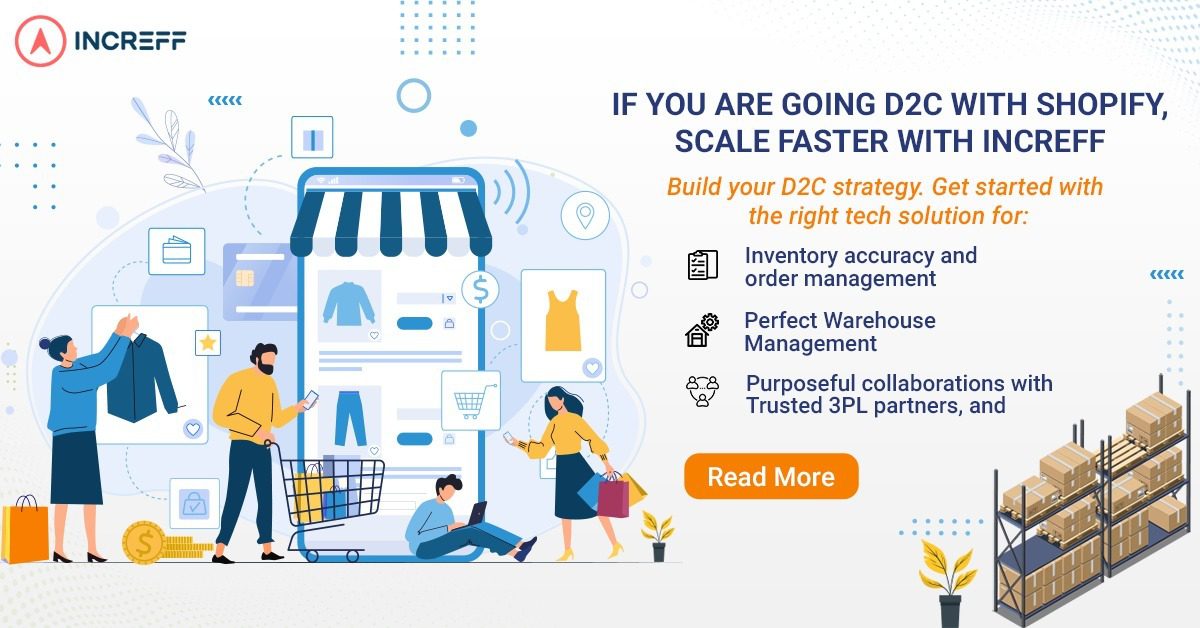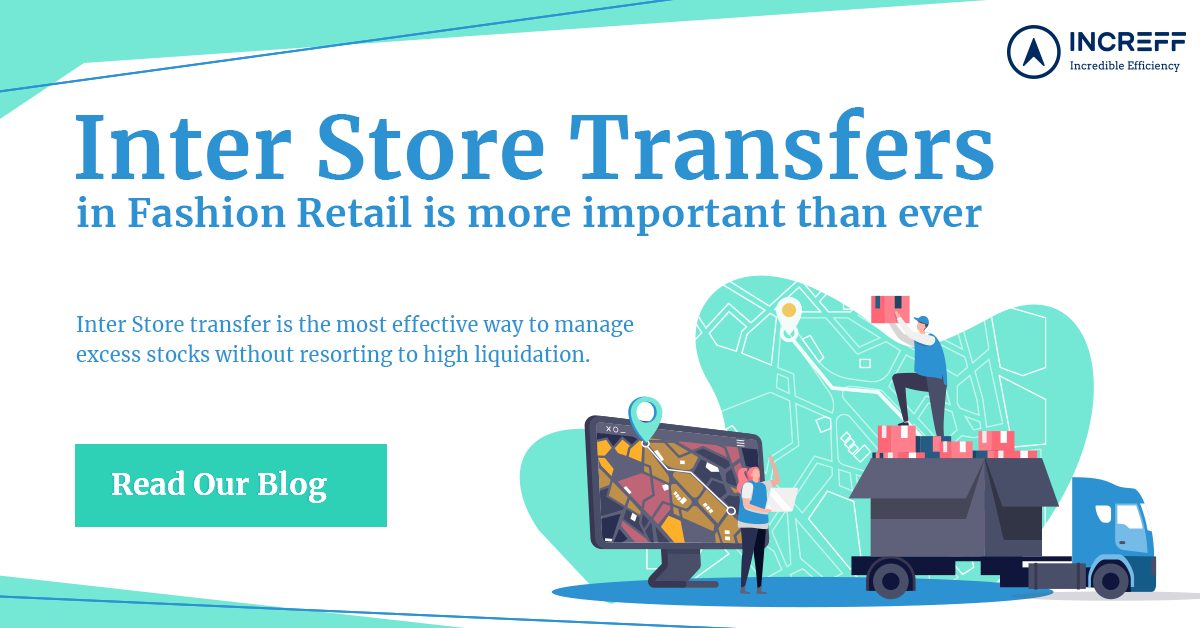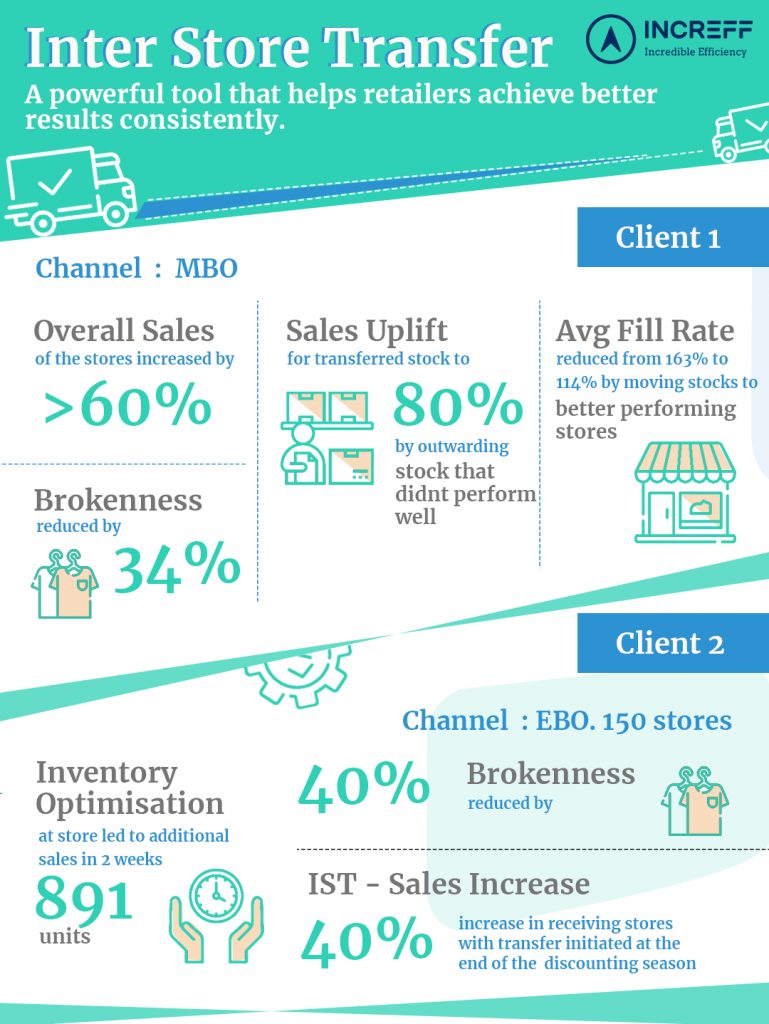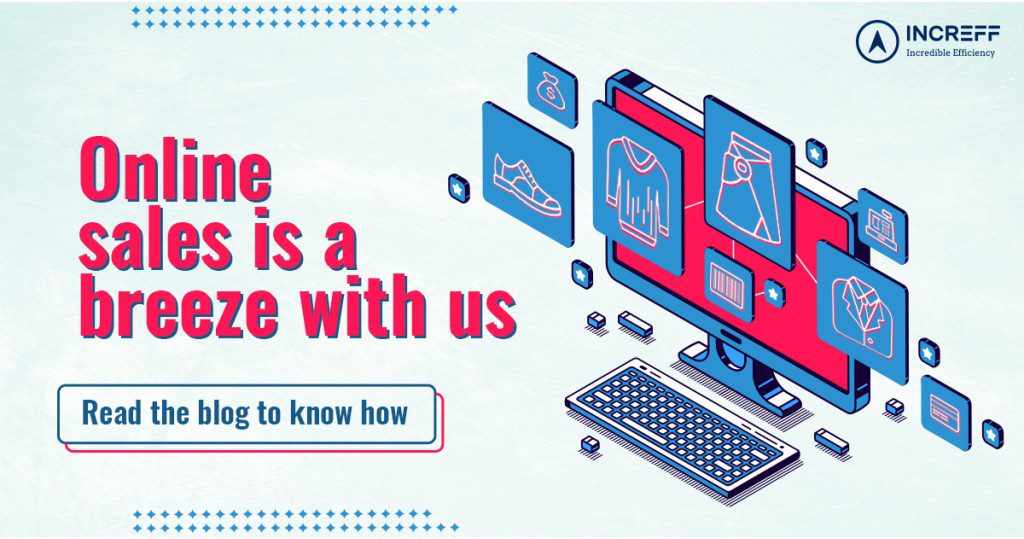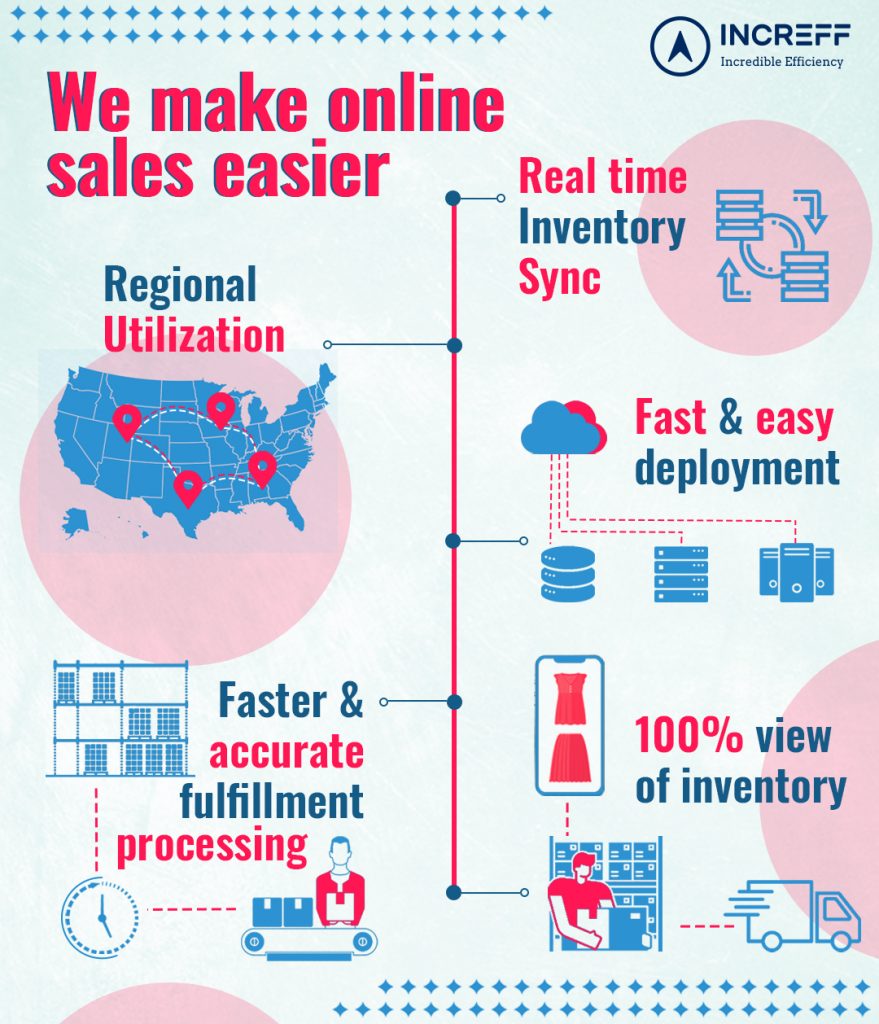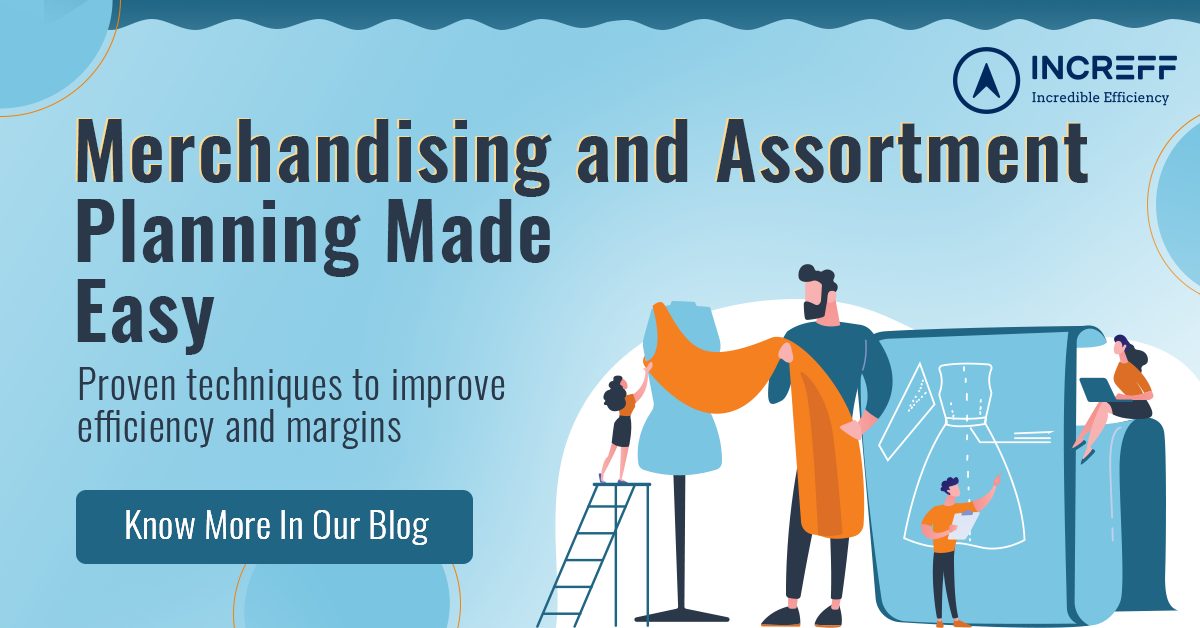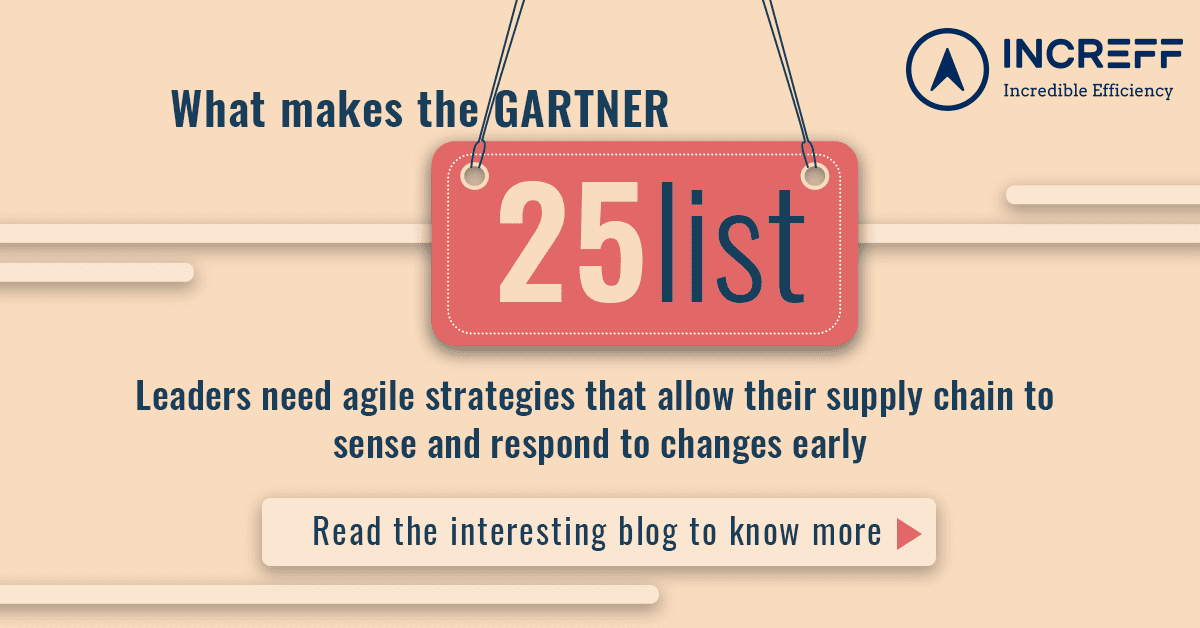Retail started from local stores and expanded nationwide, cross borders, with e-commerce. E-commerce provided a uniform platform business for brands to compete on. The traditional legacy brands, having huge landmark stores and a dedicated customer base, had to wrestle with hip startups that were born in the digital era. As fast-paced technology started transforming the future of retail, it completely changed the way we shop.
What was memorable about brand stores was the unique environment they created by capturing its essence within the four walls and adding a peculiarity in interactions. This uniqueness and brand memorability get lost in multi-brand marketplaces. Marketplaces are standard platforms having their own purpose, that masks a brand’s individuality. E.g. you become a Macy’s customer or an Amazon shopper but the brand you shop for becomes secondary. Hence, D2C seems an attractive channel to directly communicate with customers and own the relationship.
Brands selling directly to customers own their most important asset; their customer’s lifetime value.
D2C is an emerging strategy to disrupt the market. It allows brands to grow at their own pace by eliminating the middleman and earning higher margins. It helps brands:
- Directly connect with customers: Having direct access to customer data gives brands the ability to customize every touchpoint. Connect with shoppers whenever they want, through emailers, push notifications, etc.
- Innovate: Data enables brands to understand customers better and improvise basis demand. Manufacturers can optimize existing products or create new offerings by capturing the trend early.
- Build stronger brand loyalty: Using upselling and cross-selling options, retailers can create more opportunities for sale and build brand loyalty.
- Increase flexibility and agility: Having full control over product supply and demand allows brands to become more agile. Gain the ability to read and react to change fast.
Going D2C is not easy. It’s important to have a D2C-specific strategy, which addresses:
- Initial set-up –
- Building your website – Using the right e-commerce solution, that is affordable, scalable, secure and low maintenance is important. Specialized platforms like Magento and Shopify, serve as all-in-one website builders that are easy to work with. They provide multiple payment options and allow omnichannel delivery. Our web-based WMS solution, Increff WMS, has preintegration with both these platforms and we can be your technology partner. Assure is a multi-channel order fulfillment platform built specifically for fashion and lifestyle brands to improve topline and reduce operational costs. It manages inventory by tracking every piece using Unique Piece Barcode, ensuring 100% order accuracy and improving operational efficiency. Through fast and easy channel integrations Increff WMS can manage inventory across multiple sales channels, online and offline, and display 100% inventory across all channels simultaneously ensuring higher sales and better visibility.
- Deciding CapEx vs OpEx model of operations – Understanding whether you can support direct orders to your warehouse or do you need a warehousing partner is the next step. Increff Assure can help you manage inventory in your warehouse. Our Warehousing as a Service (WaaS) helps retailers switch from the CapEx to Opex model of operation as we manage anywhere, anytime warehousing through our trusted 3PL partners. Having the right tech foundation at each warehouse helps brands scale efficiently as their business grows with the increasing demand.
- Supply chain challenges –
Inventory management tech-solution like Increff WMS helps optimize inventory across all sales channels to prevent understocking or overstocking at any point in time. Our Regional Utilization model helps distribute inventory intelligently across a network of managed warehouses, based on true regional demand. It helps minimize air shipments, promote surface shipments and reduce logistics costs significantly to facilitate faster deliveries. Our pre-integrations on Shopify with reliable 3PL partners, Shiprocket, Clickpost, Shipway, etc. ensure complete order traceability and timely delivery. Increff WMS has inbuilt returns management solutions that very few WMS solutions provide. It helps in rapid returns processing and makes good inventory immediately available for resale to prevent loss in sales opportunities.
- Usage of data and insights –
Increff WMS’s 50+ insightful, actionable reports help brands make calculated decisions on inventory and resource management. They help in inventory reconciliation, identifying channels of higher sales for better order management, tracking manpower productivity, and improving efficiency by highlighting, and correcting, loopholes in operations.
Channel diversification is an opportunity to build a new relationship with customers. It is about giving a reason to customers to buy directly while ensuring the sales on partner channels do not get impacted. Offering unique services, loyalty programs, or subscription services plays a major role. Omnichannel brands can also decide on differentiating inventory across different channels e.g. D2C channel can be used for launching new products, selling premium versions of existing products, or a limited product line. Gaining better control over consumer data empowers brands to cater to changing needs by providing personalized, authentic service, and making it memorable.
